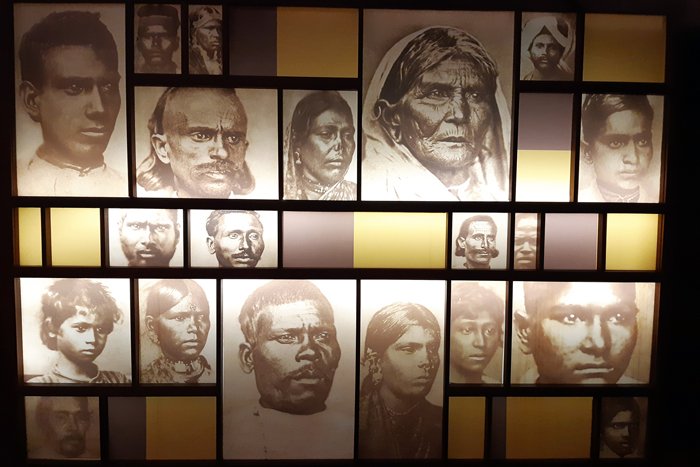
Mauritius is the site of the first large scale use of indentured labour. Aapravasi Ghat has historical significance as an immigration depot for these indentured labourers who came to work in the sugar plantations after the abolition of slavery in 1835. Between 1830 and 1910 more than 462.000 people arrived Mauritius to start a new life. The majority came from India (97%), but also from East-Africa, Madagascar and Asia. Aapravasi Ghat is not only a major historic testimony of indentured labour in the 19th century. The succes of the experiment led to a worldwide migration of more than 2 million indentured labourers, of which Mauritius received almost half a million!
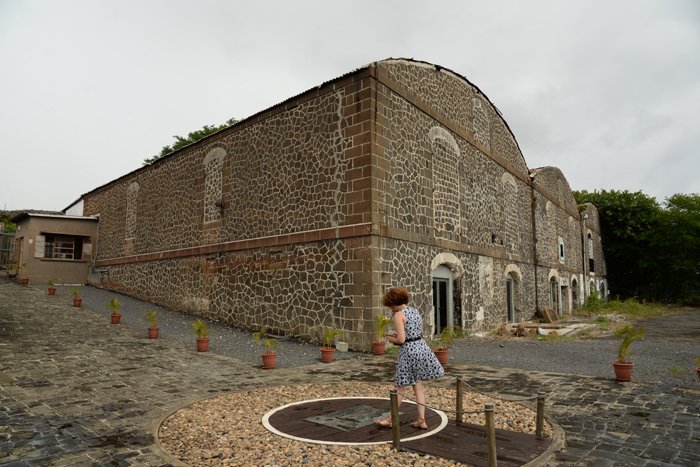
While here in Mauritius my plan has been to visit the two UNESCO World Heritage Sites in Mauritius. Last tuesday I went to the capital Port Louis to visit Aapravasi Ghat. This visit made me realize how significant it really is, both historical and cultural.
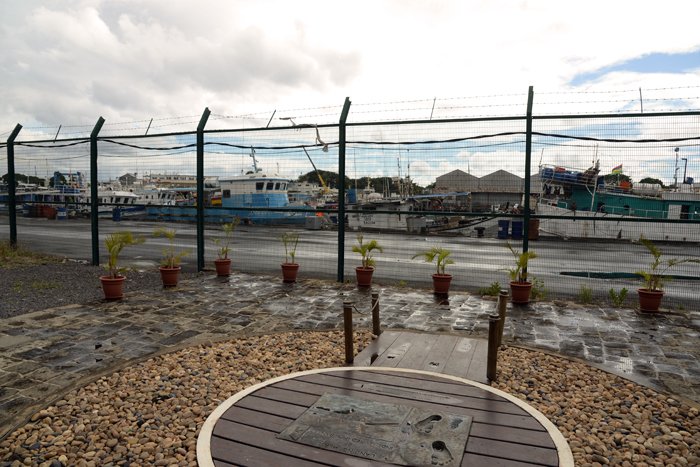
The momunment at the entrance
Mauritius was chosen by the British Government during the mid 19th century for the «Great Experiment» as the indentured programme came to be known. This was a system where the labourer agreed to work for a determined period in return for their cost of passage, accommodation etc. The abolition of slavery led to this experiment to find out whether the labour of a free man would be as effective as by that of slaves.
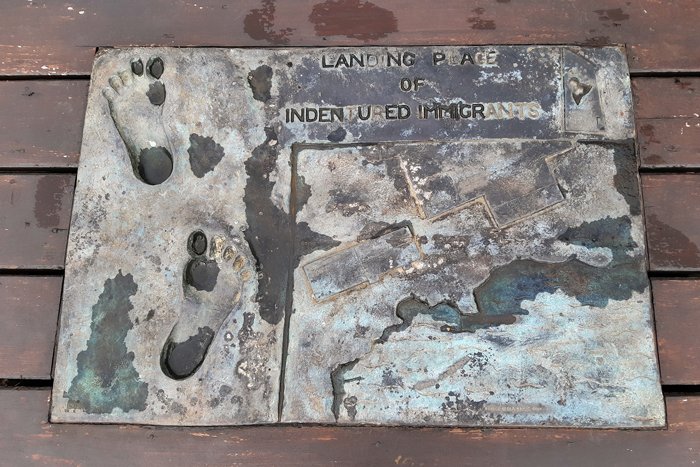
In memory of the indentured laboures
Aapravasi Ghat was built in 1849. The buildings which remains are among the oldest surviving example of what became a global economic system. Today the area covers less than half of its original size, but some signifcant buildings are still here, like kitchens, a hospital block and the symbolic 14 steps which was where they entered the site upon arrival. These buildings and the Interpretation Centre does give an idea of how the depot worked. When it was still in use, there was a railway that led from the landing to the plantation where they were to work. Today there is a motorway where the railway used to be and a busstation where part of the site used to be. The historical significance was not recognized before in 1987. Then it was declared a national monument. On July 12, 2006 it was declared UNESCO World Heritage Site.

The habour of Calcutta 1890

The shelf inside the ship where a family might have had their living quarters on the journey
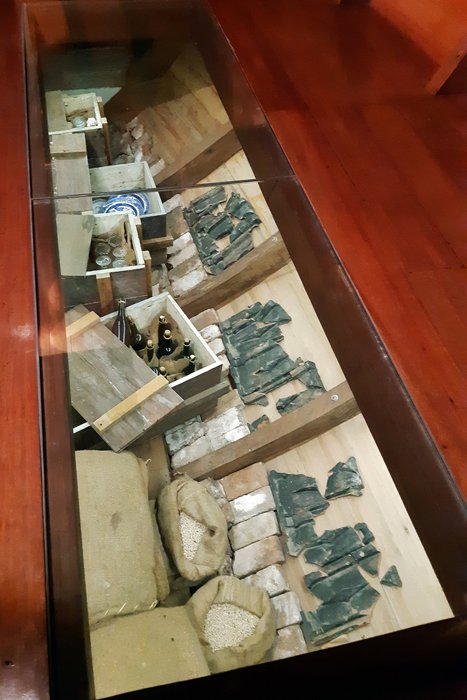
Supplies for the journey
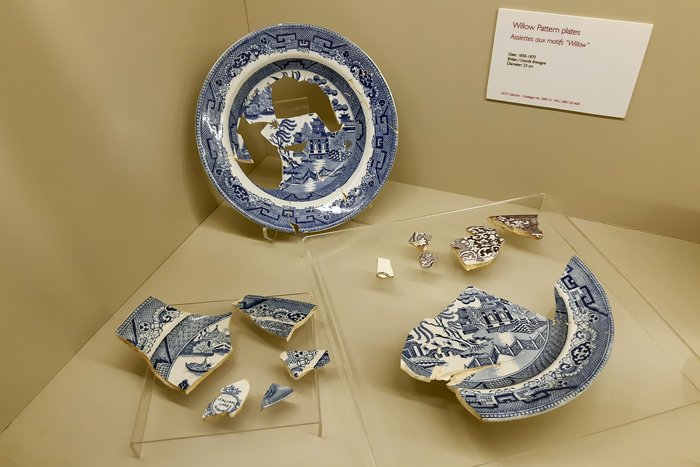
Last time I visited Aapravasi Ghat (2011) there were no information centre. No brochures or posters. The new Interpretation Centre is well organized and telling the story in both English and French. Old photoes of immigrants, a model of the inside of a ship that shows how they lived on the 5 to 6 week journey etc. It is very imformative and gives a good background for understanding the site when I continued to the buildings outside.
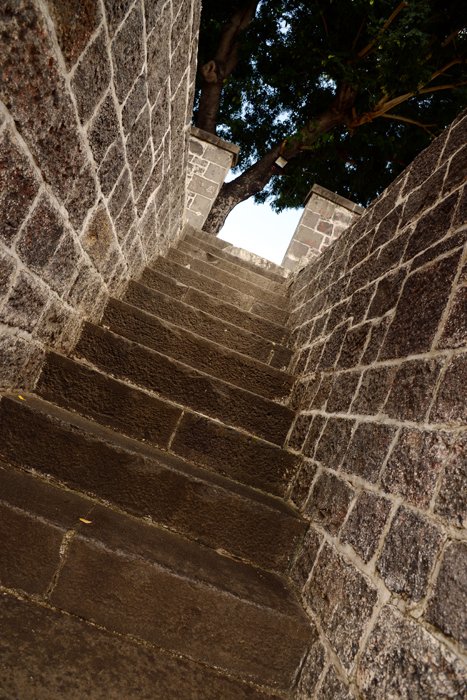
The 14 steps entry point
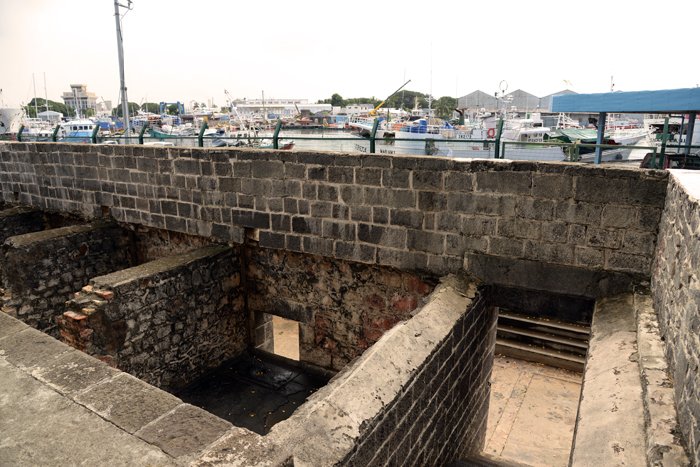
The harbour behind the steps
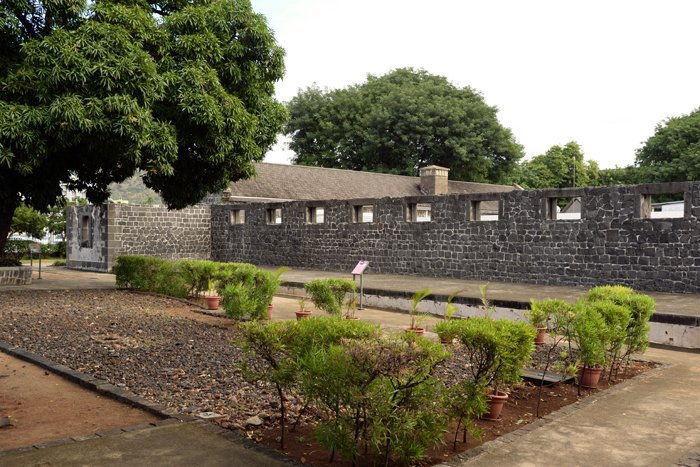
Enterering the courtyard
In the courtyard (above) is where they were taken upon arrival. This was where the administrative process startet, that vould alow them to live and work on the island.

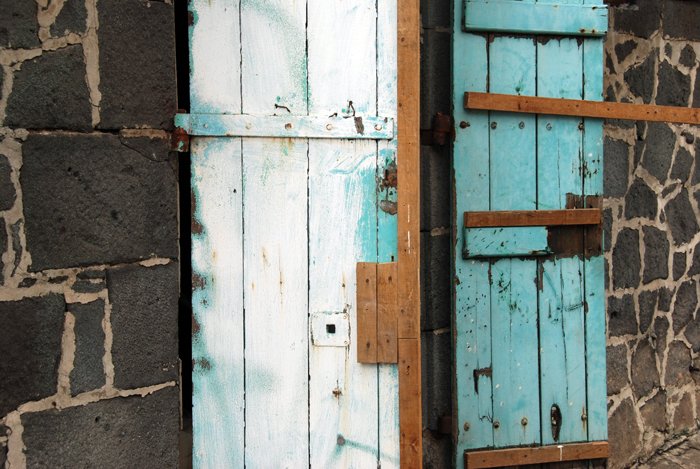
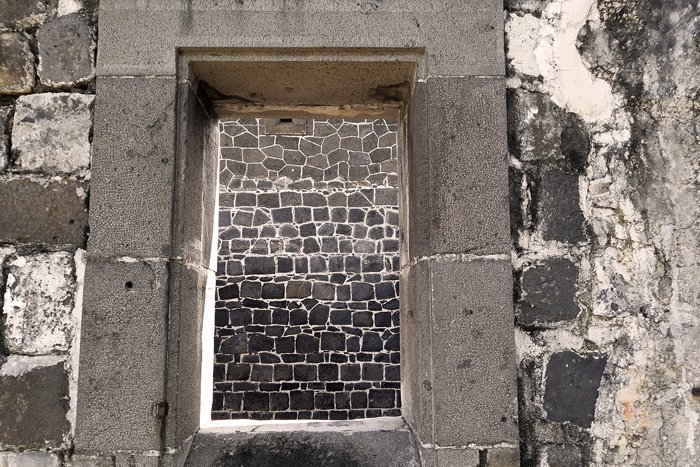
Aapravasi Ghat could accomodate as many as 600 immigrants at a time. The time needed to complete registration usually took a couple of days. While they were here they stayed in sheds built along the walls and had to prepare food in the kitchen located in the yard.

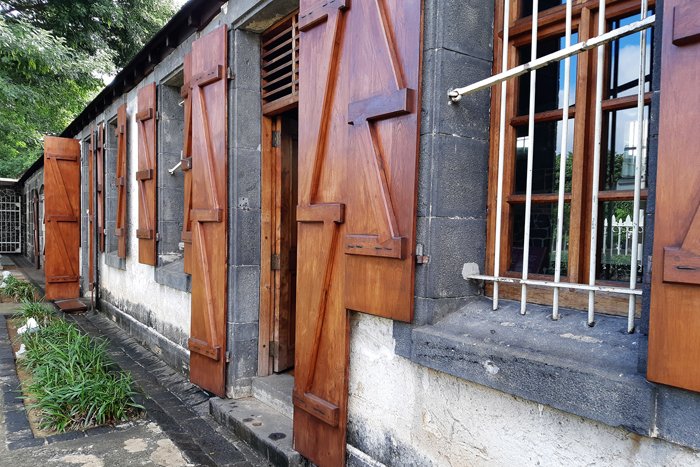
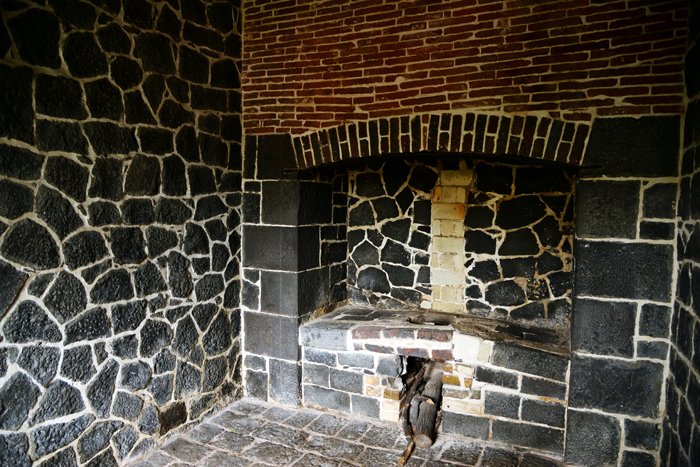
The officers kithchen (in the hospital block)
The Hospital block has many rooms used for health checks, vaccination against smallpox, surgery etc. Medical checks were done before they left to work in the plantations.
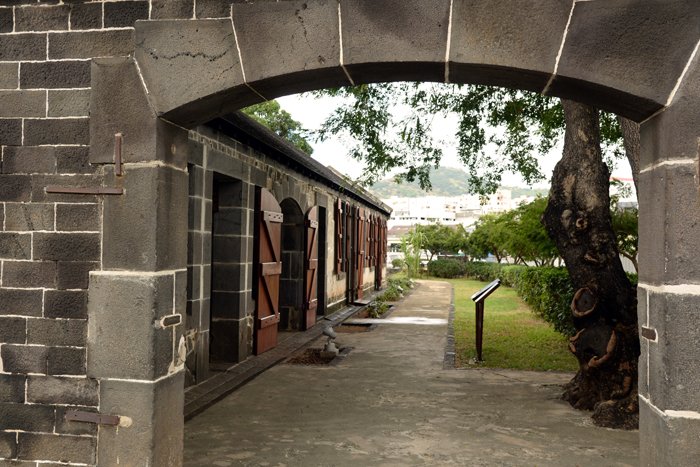
Aapravasi Ghat was the heart of the indentured labour system. It is the silent witness of nearly 462.000 men, women and children who were part of the British Governments Great Experiment. 2/3 of these indentured laloures remained permantly in Mauritius. It is believed that approximately 70% of modern Mauritians are descendents of these indentured laboures, who brought with them their traditions and values. They have indeed contributed to the melting pot of modern Mauritian culture of today.
I have already a post about the other UNESCO World Heritage Site in Mauritius: Le Morne Brabant, a symbol of sacrifice, suffering and freedom
Source: The Interpretation Centre and https://whc.unesco.org
Please do follow if you want to keep up with my next travel story. Any upvotes or resteems are hugely appreciated!
Latest travel stories, check out :
Mauritius #1 – Le Morne Brabant, a symbol of sacrifice, suffering and freedom
U.J
Kristiansand, Norway
All the photoes are mine, Ulla Jensen (flickr, Instagram and facebook)
[//]:# (!steemitworldmap -20.156057 lat 57.501102 long Mauritius #2 – The «Great Experiment» that resulted in one of the greatest migrations in history d3scr)
Latest content: Travel, Art, Food, Article, Poetry

